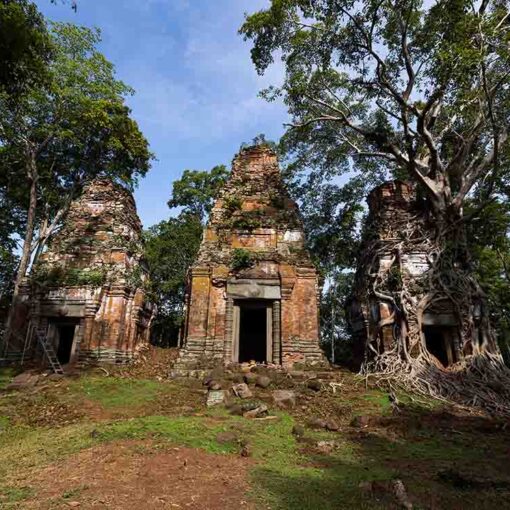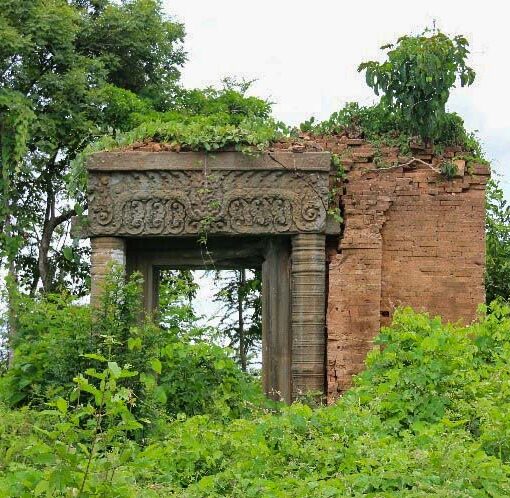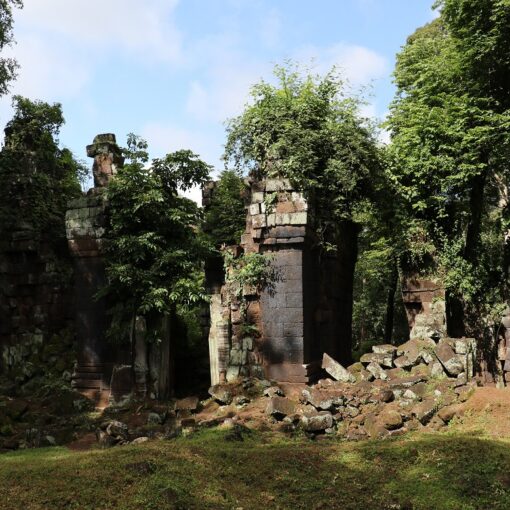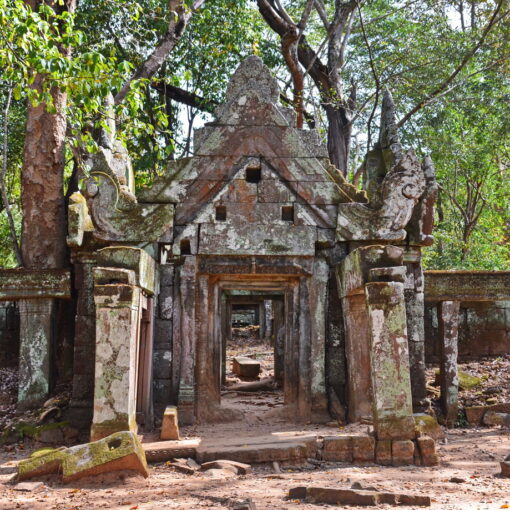
Dei Khmau Temple (ប្រាសាទដីខ្មៅ)
Dei Khmau Temple (ប្រាសាទដីខ្មៅ) is one of the lesser-known shrines within the area of ancient capital of Chok Gargyar (ឆោកគគ្យរ៌) or known as Koh Ker complex presently, a significant archaeological site in northern Cambodia (Preah […]





















